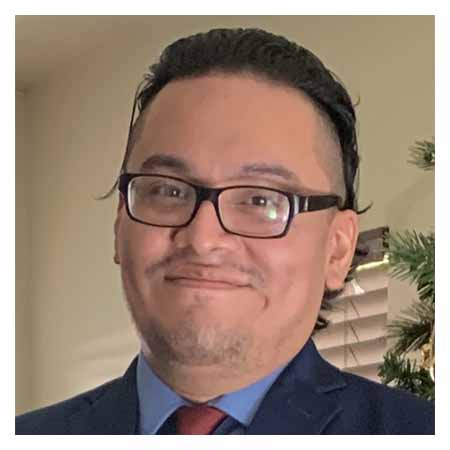Empty Nose Syndrome: Diagnosis and Management in a 34-Year-Old Patient
 A little over a decade ago, Giovanni Ordonez started having trouble breathing at night, disrupting his sleep. He saw a local ENT, who recommended turbinate reduction, a procedure that reduces the volume of turbinate tissue to open the nasal airway.
A little over a decade ago, Giovanni Ordonez started having trouble breathing at night, disrupting his sleep. He saw a local ENT, who recommended turbinate reduction, a procedure that reduces the volume of turbinate tissue to open the nasal airway.
“We did the procedure, and suddenly I felt worse,” Ordonez recalls. “I couldn’t breathe, I started getting headaches, and when the weather was bad during season changes and in winter, I felt like I was suffocating.”
Over the years, Ordonez saw other doctors, who examined him and told him his nose looked fine. “Allergy shots helped a bit and got me through a few years. But as time passed, day-to-day living became irritating,” he says. “I kept seeing doctors, all of whom said they found nothing abnormal. One even recommended a therapist, which made me feel terrible. It’s very frustrating when people don’t believe you.”
In summer 2021, an ENT referred him to Martin J. Citardi, MD, professor and chair and Memorial Hermann Chair in the Department of Otorhinolaryngology at McGovern Medical School at UTHealth Houston, who suspected empty nose syndrome (ENS). To identify candidates for surgery, Dr. Citardi uses a validated patient questionnaire and the in-office cotton test. “We place a small piece of cotton in the area with missing tissue and ask patients if they perceive a difference,” he says. “If they do, we know they are likely candidates for turbinoplasty. We use the cotton test results to determine where to repair the turbinates.”
Empty nose syndrome occurs when doctors remove too much nasal tissue during surgery, causing nasal airflow disruption. “We typically find ENS in patients who have had total or near-total inferior turbinate resection,” he says. “These patients come to us with an intense perception of nasal obstruction significantly out of proportion to what we see on physical examination. Although their noses are anatomically open, they describe the sensation of suffocation. It’s not uncommon for this cohort of patients to become fixated to the point that they are unable to function in daily life. These patients are often a diagnostic challenge and they also report high levels of anxiety and depression.”
Dr. Citardi is among a handful of rhinologists who treat ENS patients. “Data measuring the prevalence of ENS after turbinate surgery are limited, which may reflect a low incidence, or the fact that many cases are unrecognized and unreported,” he says. “Another factor that complicates diagnosis is the delay in some patients in the development of symptoms, which can range from months to years. Removing too much tissue is not as common as it was in the past, but some surgeons continue to practice complete or near-complete turbinate resection for maximal opening of the nasal airway. This can have a major disabling effect on patients’ lives.”
In an outpatient surgery, Dr. Citardi placed graft material in Ordonez’s nose to replace some of the missing tissue. “Fortunately, this is a rare condition, and we have a reliable way to diagnose and treat it. The diagnosis is so subtle that doctors and patients often don’t recognize it and seek care,” he says.
“I don’t wake up with the extreme headaches I used to have,” Ordonez notes. “I have allergies, so I sneeze a lot and my nose itches, but I can breathe. Before the surgery, I’d go days without a good night’s sleep. I’m able to work again, and even my family has noticed a change in my personality. I’m very, very, very grateful that Dr. Citardi was able to help.”